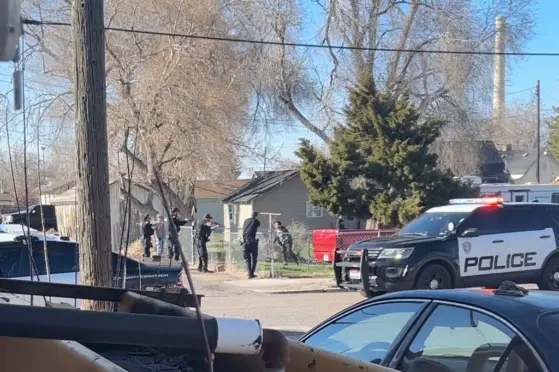Before You Vote, Learn the Facts About Marijuana
On November 6, Measure 23-61, the initiative to lift the ban on marijuana shops, will be decided.
There are many opinions on this matter. I’m writing to counter with facts.
“Marijuana contributes to unemployment,” opines Reed Dame (Argus Observer LtE, Oct 21).
US Bureau of Labor Statistics data show Oregon unemployment at 6.3 percent in November 2014, when marijuana was legalized.
Unemployment in Oregon for last month was 3.8 percent. Similar post-legalization declines are found in Colorado (7.6 to 3.1) and Washington (7.5 to 4.4).
“Marijuana is just as mind-altering as liquor,” opines Jack Franklin (Oct 16).
National Highway Traffic Safety Administration studies found the crash risk for drivers testing positive for only alcohol (>0.05 BAC) was 6.75 times greater than a sober driver.
The crash risk for marijuana drivers was identical to a sober driver.
“[Colorado] is almost bankrupt because of the cost of drug-related problems,” opines Steve Wood (Oct 14).
The Colorado Legislative Economic & Revenue Forecast predicts a “a $1.27 billion [budget] reserve” for 2018.
“It’s going to take millions to deal with … unforeseen consequences,” opines Craig Carter (Oct 14).
Huntington’s city budget was $200,000 in 2017, according to The Oregonian. At least half of that came from the city’s 3 percent marijuana tax. The only unforeseen consequence is the economic boost Huntington’s non-marijuana businesses have experienced.
“Youth use rates [are higher] in states that legalized marijuana,” states No Pot Ontario (Facebook).
This was true. In 2014, 12.56 percent of Colorado teens used marijuana, according to the National Survey on Drug Use and Health.
Since then, Colorado’s teen rate has dropped, in two successive years, by over a quarter to 9.08 percent. Oregon and Washington’s teen rates are also lower since legalization. Rhode Island – a non-legal state – leads the nation in the latest survey.






